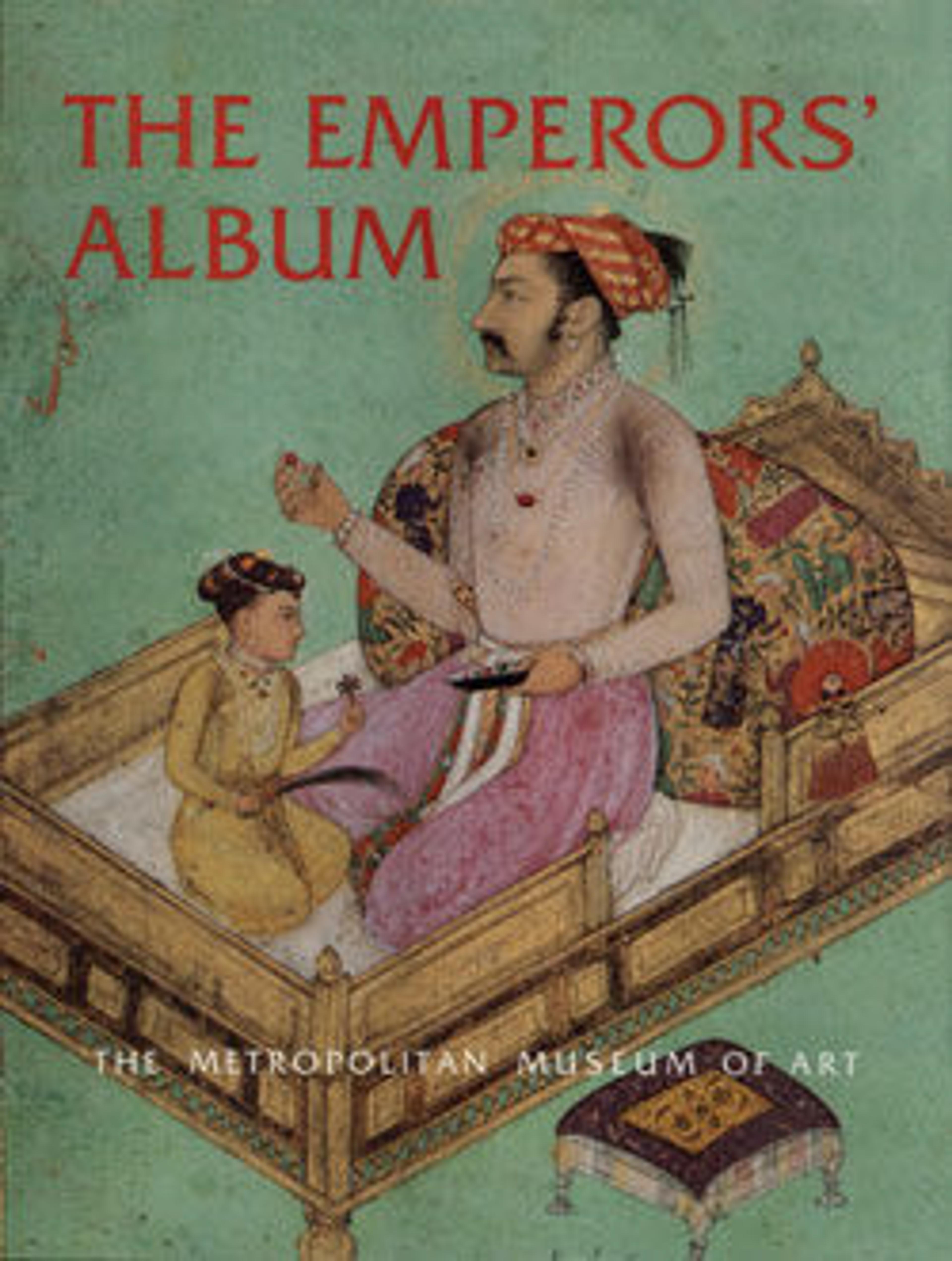"Dervish With a Lion", Folio from the Shah Jahan Album
During the reigns of Jahangir and Shah Jahan, devotees were favorably received, and often indulged, at court. The dervish depicted here has accoutrements associated with a mystic of the time such as a satchel, fur skirt, and distinctive head gear. He also has the dedicatory scars from self-inflicted burns on his upper arm. The floral borders in the Shah Jahan Album, many created by Daulat, combine real and imagined plants with insects, birds, and cloud bands.
Artwork Details
- Title:"Dervish With a Lion", Folio from the Shah Jahan Album
- Artist:Painting by Padarath
- Calligrapher:Sultan 'Ali al-Mashhadi (Iranian, Mashhad 1453–1520 Mashhad)
- Date:verso: ca. 1630; recto: ca. 1500
- Geography:Attributed to India
- Medium:Ink, opaque watercolor, and gold on paper
- Dimensions:H. 15 5/16 in. (38.9 cm)
W. 10 1/16 in. (25.6 cm) - Classification:Codices
- Credit Line:Purchase, Rogers Fund and The Kevorkian Foundation Gift, 1955
- Object Number:55.121.10.11
- Curatorial Department: Islamic Art
More Artwork
Research Resources
The Met provides unparalleled resources for research and welcomes an international community of students and scholars. The Met's Open Access API is where creators and researchers can connect to the The Met collection. Open Access data and public domain images are available for unrestricted commercial and noncommercial use without permission or fee.
To request images under copyright and other restrictions, please use this Image Request form.
Feedback
We continue to research and examine historical and cultural context for objects in The Met collection. If you have comments or questions about this object record, please contact us using the form below. The Museum looks forward to receiving your comments.
